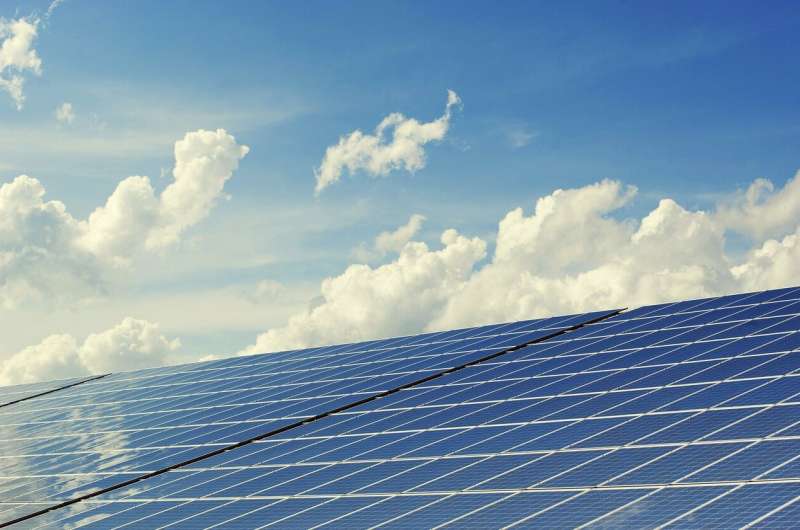This article has been reviewed according to Science X's editorial process and policies. Editors have highlighted the following attributes while ensuring the content's credibility:
fact-checked
peer-reviewed publication
trusted source
proofread
Improving energy security with policies focused on demand-side solutions

Governments typically rely on policies focused on energy supply to enhance energy security, ignoring demand-side options. Current indicators and indexes that measure energy security focus mostly on energy supply. This aligns with the International Energy Agency's view, which defines energy security only in terms of security of supply. However, this approach does not fully capture the extent of vulnerability for states, businesses, and individuals during an energy crisis.
"Energy security assessments also need to reflect how vulnerable countries, firms, and households are to energy crises, the advantages of reducing energy demand, and the burden of energy costs," explains Nuno Bento, a researcher at the University Institute of Lisbon and lead author of the paper.
"Therefore, we have developed a more systematic approach to measure the energy security impacts of policy interventions, considering both energy supply and demand dimensions. This led us to compare interventions in energy supply along with those in energy demand from sectors such as buildings, transportation, and industry."
Bento and his colleagues have found that actions focusing on reducing demand would be more effective than conventional supply-side approaches in making countries less susceptible to convergent energy crises. Their study is published in the journal Science.
"Energy security is more than security of supply as there are other economic, social, and environmental aspects that are also relevant. This approach benefits from a leverage factor, avoiding cascading losses in successive energy transformations," explains Arnulf Grübler, co-author and IIASA Distinguished Emeritus Research Scholar. His colleague, Volker Krey, Integrated Assessment and Climate Change Research Group Leader in the IIASA Energy, Climate, and Environment Program and co-author of the paper, highlights that demand-side policies offer clear advantages for energy security improvement across many dimensions, including continuity, affordability, and sustainability.
In their research, the researchers propose that future studies should compare the benefits of various energy security policies by incorporating a demand-side perspective. Instead of relying on partial assessments and problematic indicators like import dependency, they should expand their scope to include a more comprehensive evaluation of the social and environmental impacts.
"At any level, whether for individuals or countries, it is more beneficial to start with efficiency and demand-side measures first. This reduces the strain on the energy system in the long run, making it easier to decarbonize the supply-side too. In simple terms, it's easier to stay warm in a well-insulated house with decentralized heating sources, even if there is a disruption in gas supply or if prices spike," concludes researcher in the IIASA Energy, Climate, and Environment Program and co-author, Benigna Boza-Kiss.
More information: Nuno Bento et al, Leverage demand-side policies for energy security, Science (2024). DOI: 10.1126/science.adj6150.















